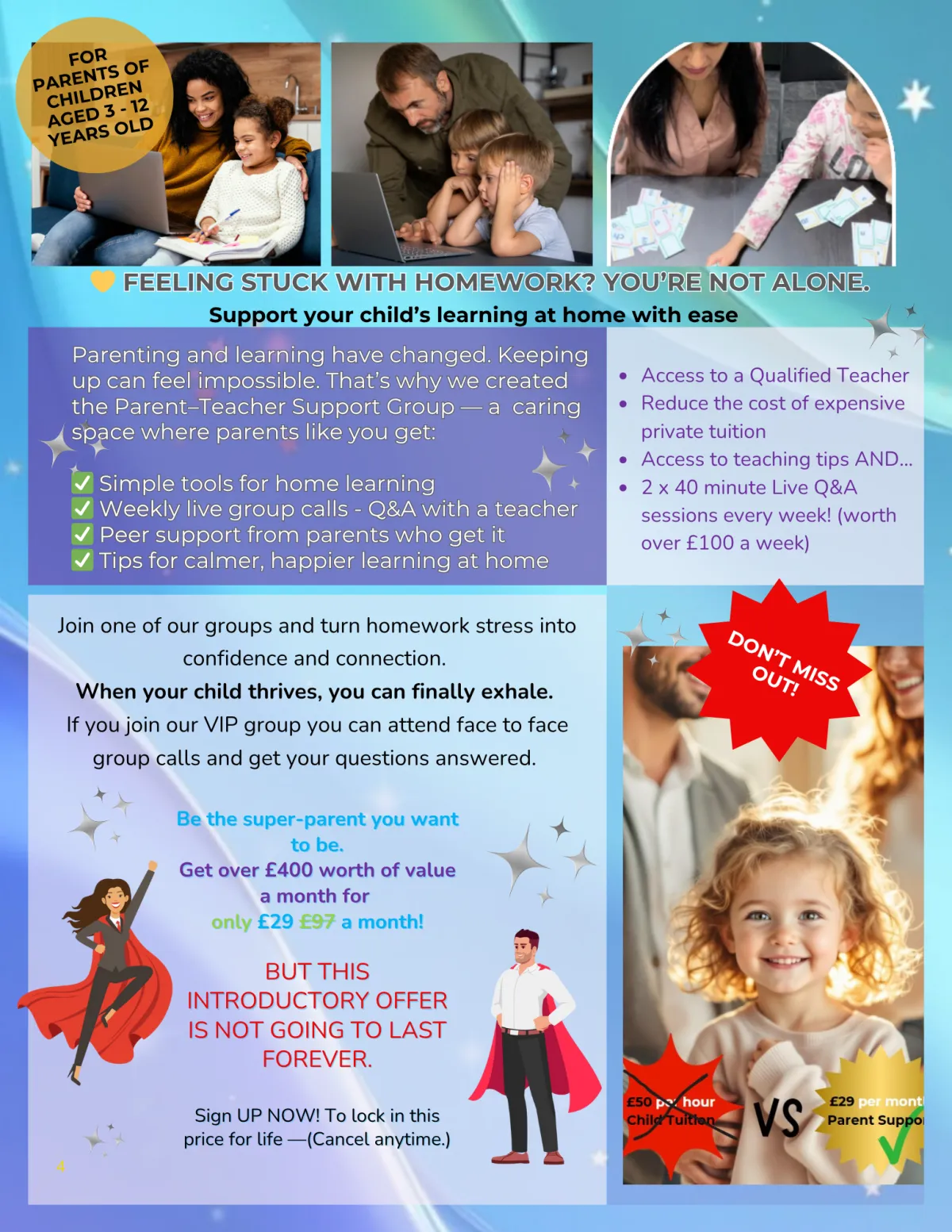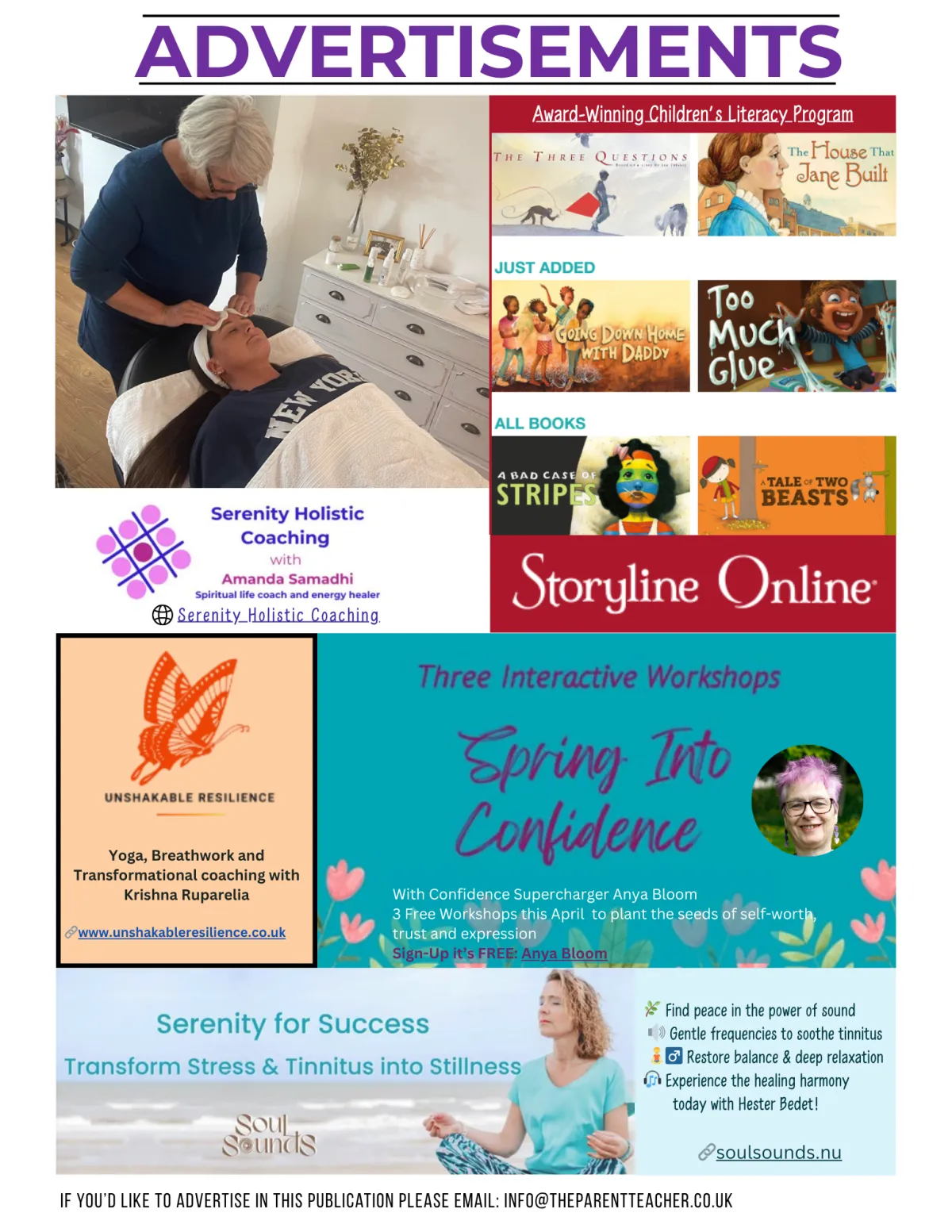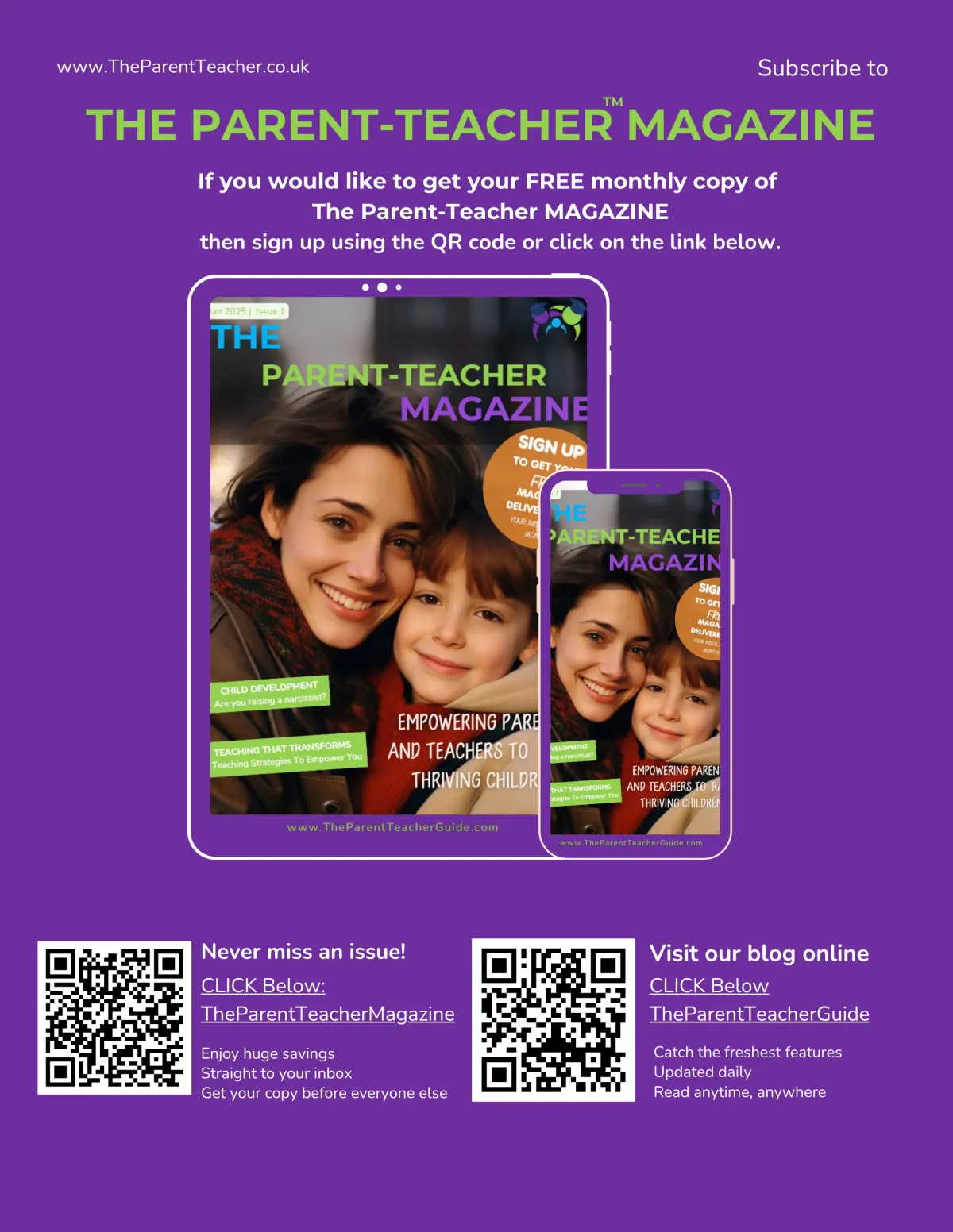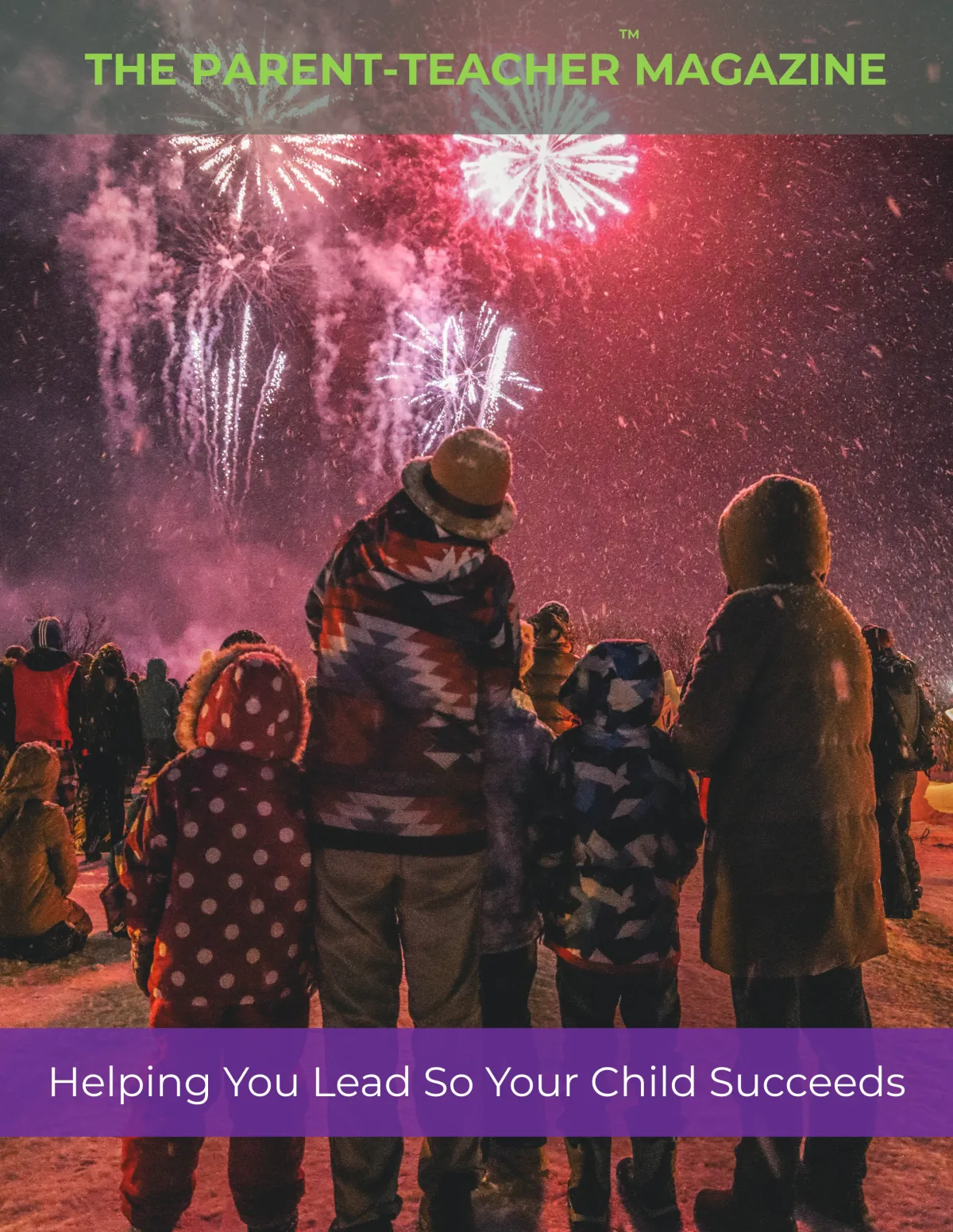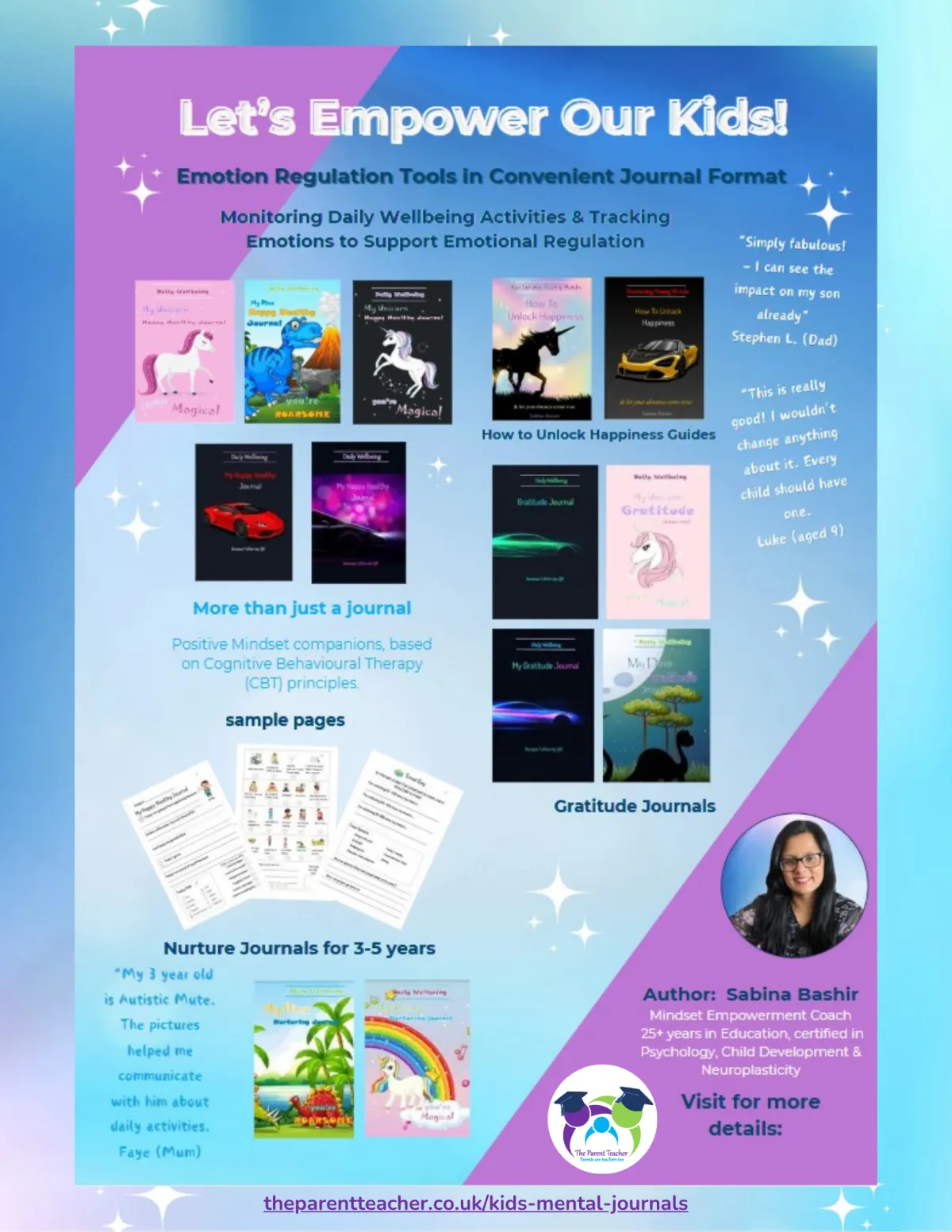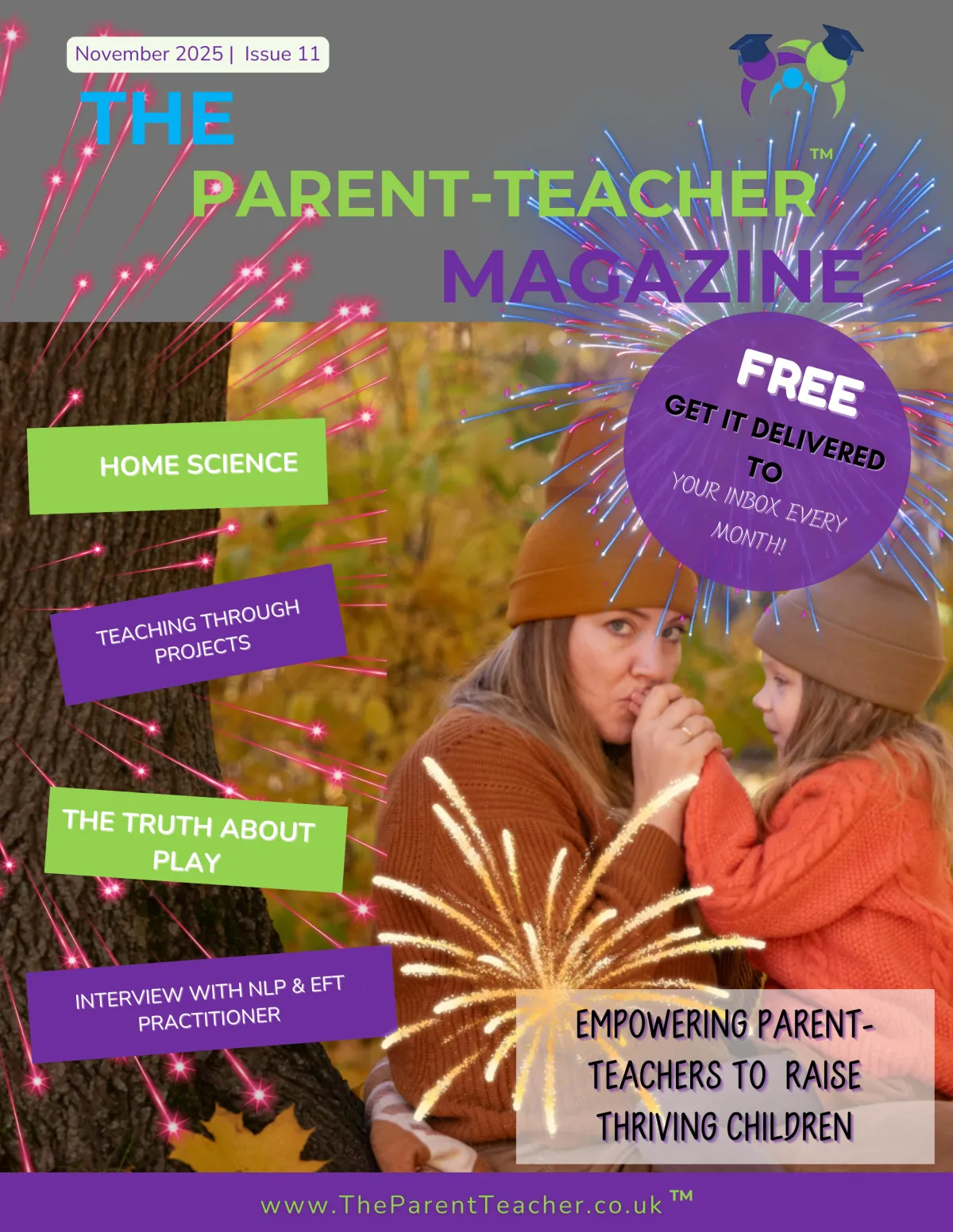
From
the
editor
Hi there! It's November!
Bonfire night! and nearly the end of the year!
The days are shorter, the candles are lit, and the hum of learning fills our homes. November has arrived—a time to slow down, find our rhythm, and keep our minds steady as we move toward winter.
This month, we’re exploring how families can nurture peaceful minds and focused learning from the inside out. In our feature by Stacey Hall, you’ll discover how homeschooling parents are using natural ingredients to bring calm, clarity and connection back into their routines.
We’re also sharing a heartfelt interview with Richard Morden, whose story reminds us that true growth doesn’t come from getting everything right—it comes from understanding, patience, and finding calm in the chaos.
His honesty and warmth will inspire every parent and teacher navigating this beautiful, messy journey of helping children thrive.
So pour yourself something warm, settle in and enjoy this thoughtful, restorative issue—made to support your heart, your home and your child’s wellbeing this November.
With warmth,

Editor-in-Chief
(Editor’s note: 📸 We’d love to see your Gratitude Trees! Share your photos with us and spread the joy this November.!)

About
the
editor
Meet Sabina Bashir: Empowering Parents, Teachers and Children to Thrive
With 30 years of teaching experience and expertise in psychology, child development and neuro-development, Sabina is on a mission to revolutionise how we support children’s mental health and growth. Inspired by her daughter’s mental health challenges, Sabina embarked on groundbreaking research into how parenting and teaching styles influence children’s wellbeing, uncovering the transformative power of alignment.
Believing parents are children’s first and most influential teachers, Sabina launched The Parent-Teacher Magazine — a resource designed to provide parents and teachers with practical tools, expert advice and inspiration to confidently support their children’s learning and development.
“I want parents to feel empowered,” says Sabina. “Their role is crucial in shaping a child’s future, but too many hand that responsibility over to teachers feeling powerless. My aim is to change that.”
Sabina’s vision is simple yet profound: to empower parents and children to work together, creating a future where every child flourishes emotionally, socially and academically.
"When parents become better teachers, children don’t just survive—they thrive."
– Sabina
In this issue...
4
Home education through projects
School vs Home Education
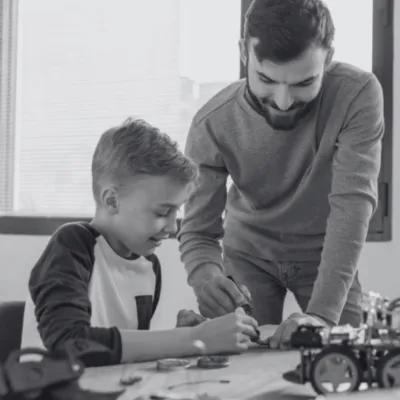
6
Children's wellbeing Journals
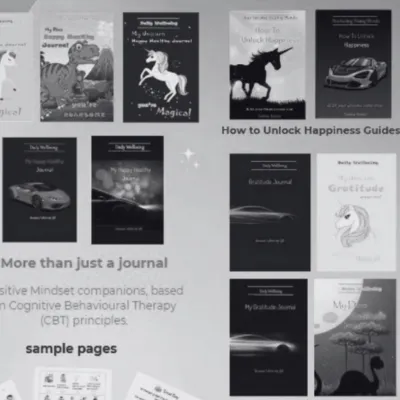
7
Answering Parents Questions
My Child Just Wants to Play - How Do You Get Them To Do Any Work

10
Peaceful Minds, Focused Learning
How These Natural Ingredients Support Homeschooling Families

12
Gratitude Tree
Autumn Mindful Activity
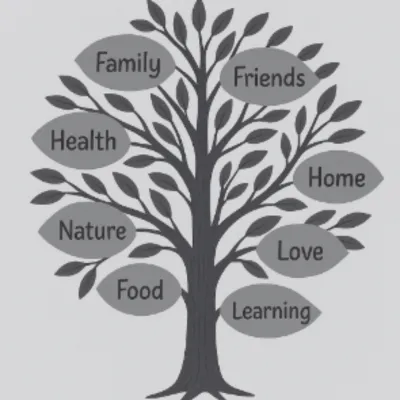
13
Kitchen Chemistry
Pumpkin Pie

14
Pasta pizza
Recipes Kids Can Make

15
Interview - Richard Morton
NLP, EFT and Code Breaking Practitioner

Home Education Through Projects
School vs home Education

How Schooling Has Changed
When I was at school—many moons ago, before the National Curriculum was introduced—learning often revolved around projects. Yes, I’m showing my age! But that was how most lessons were structured. We explored topics like Canada or Helen Keller, weaving together geography, history, art and writing into one immersive learning experience.
Of course, we still had separate subjects, but projects allowed everything to connect. Testing only happened twice a year—at Christmas and at the end of the year—so there was time to actually learn rather than constantly prepare for assessments.
Then Came the National Curriculum.
Suddenly, project work was pushed down to the Early Years and Foundation Stages, while older pupils were measured through frequent testing. The focus shifted from exploration to evaluation. Teaching became data collection rather than knowledge for the learner. Teacher pressure went up, and pupil enjoyment went down.
These days, projects are often dusted off only when schools need glossy photos for brochures—displays that look exciting but feel like curated Instagram reels.
No wonder home-schooling has surged in popularity. For many families, the appeal lies in the freedom to learn without constant testing. In project-based learning, the outcome—the city built from cardboard, the smoothie recipe designed, the deep dive into a favourite animal—is the true result.
When children care about what they are learning, they learn better. That’s the heart of project-based learning: a hands-on, curiosity-fuelled approach that turns lessons into experiences and knowledge into confidence. Which parents can get involved in.
More teachers and parents are rediscovering what we once knew instinctively—that learning isn’t about data collection. It’s about discovery and learning something new.
1. Family project 1 - Travel
Projects start with questions, not worksheets.
Instead of “What’s the capital of France?” you might hear, “How could we plan a family trip to Paris?” Suddenly, geography, budgeting and culture come alive.
When learning is driven by curiosity, children remember more, stay motivated longer and build a deeper connection to their world.
Maths - weighing the luggage, currency conversion, budgeting on holiday and so on. Life becomes the teacher.


2. Thinking replacing rote learning
Project-based learning moves beyond memorising facts—it’s about thinking like a problem solver.
Children research, experiment, collaborate and reflect. They make mistakes and learn from them.
This builds critical thinking, creativity and resilience—the skills that truly matter in life (and future workplaces).
3. Communication and Collaboration Flourish
Whether at school or home, projects often involve teamwork.
Children learn to share ideas, listen, and negotiate—skills that help them both socially and academically.
And when parents join in (even just by asking questions or helping plan), they model curiosity and confidence too.
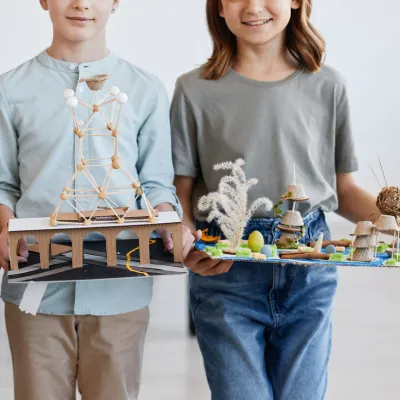

4. Learning is relevant
When children see how their work connects to real life, everything changes.
Building a garden teaches science. Creating a family cookbook teaches literacy and maths.
Planning a charity event teaches empathy and organisation.
Project learning bridges the gap between schoolwork and real work—and that’s where motivation thrives.
5. Confidence grows with every project
Each completed project gives children something tangible to be proud of. They can see their progress, not just in a grade, but in a finished product, a presentation, or even a moment of “I did it!”
That sense of achievement is powerful—it builds self-belief that extends far beyond the classroom.

💬How to start at home
You don’t need to overhaul your routine or be an expert teacher.
Try this:
Ask, “What’s something you’d love to find out more about?”
Set a simple goal together (build, create, design or research something).
Encourage your child to plan, gather info and share what they’ve learned.
Celebrate effort and exploration, not perfection.
Project learning is less about test results and more about who your child becomes through the process—curious, capable and confident.
Because when children learn through projects, they don’t just collect knowledge—they build wisdom, wonder and lifelong joy for learning.
For more information and support: Home-Schooling /Home Education
5

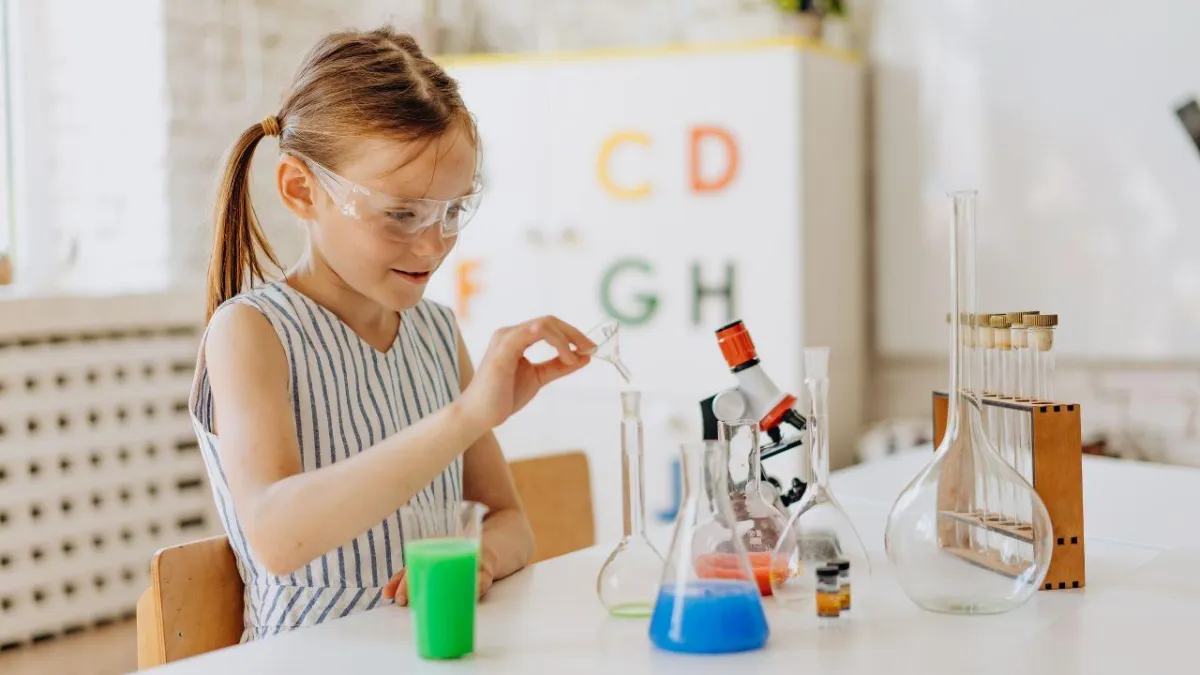
My Child Just Wants To Play
How do I get them to do any work?
If your kid spends hours turning your living room into a fort, running a pretend café, or giving their Lego people full-on soap operas — guess what? That’s real learning.
Play isn’t a distraction from “work.” For kids, play is the work. It’s how they figure out how the world works, test ideas, express big feelings, and learn to try again when things flop.
🧠 Play literally builds their brain
When your child is deep in play, their brain is in high gear — planning, predicting, problem-solving and pivoting when things don’t go as expected.
Those moments strengthen the parts of the brain tied to focus, memory and self-control — what psychologists call executive function.
1. Brain Development
So no, they’re not “just” stacking boxes or pretending to be a dragon. They’re literally wiring their brain for creativity and critical thinking.
2. Play Grows Communication Superpowers
Every story told through dolls, action figures, or imaginary friends is language in motion.
Kids are learning how to describe, negotiate, and explain — the same skills that become clear writing, confident speaking and emotional intelligence later on.
Even a quick “You be the teacher, I’ll be the student!” moment builds empathy and vocabulary at once.
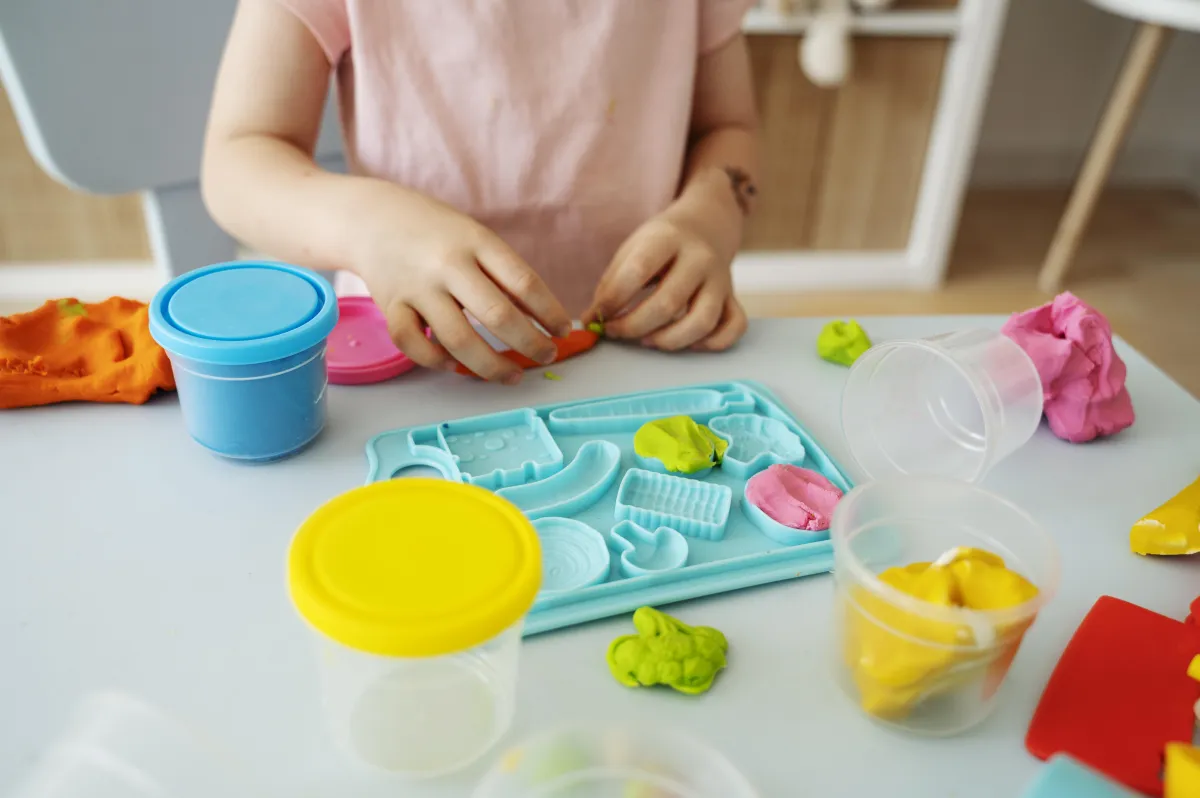
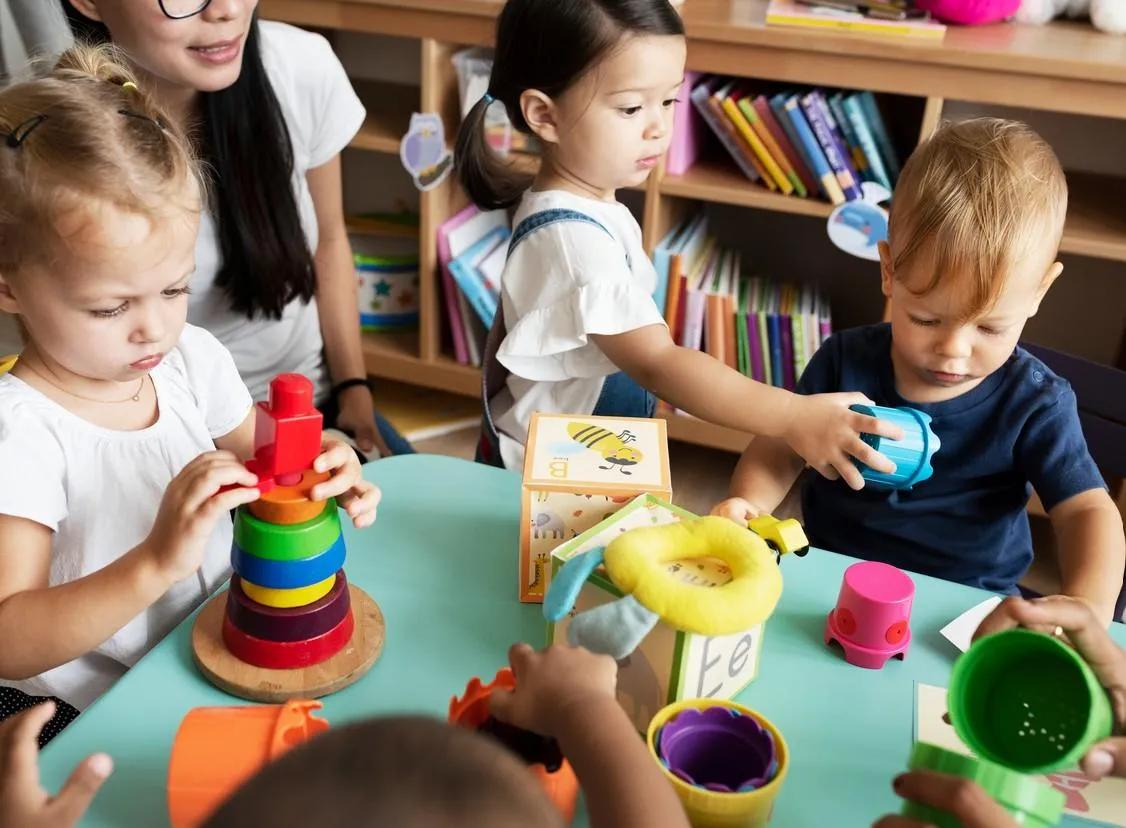
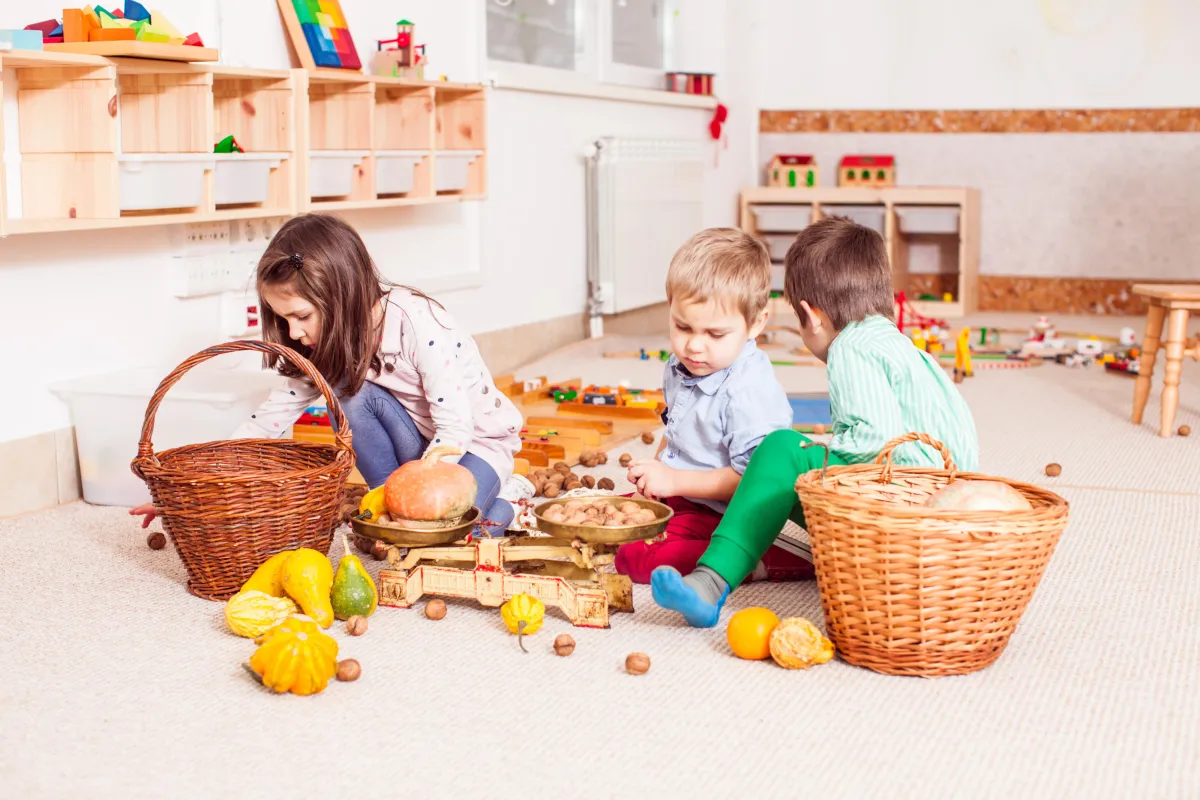
8
3. Play Helps Them Handle Big Feelings
Life is a lot when you’re small. Play gives kids a safe way to explore emotions they can’t yet name.
When they pretend to be the monster, rescue a stuffed animal, or care for a doll, they’re practicing emotional regulation — learning what it feels like to have power, to feel safe, and to recover when things go wrong.
That’s why psychologists call play “the natural language of children.” Through it, they learn resilience — one giggle (or roar) at a time.
4. Play connects you, too
When you step into their world — even for five minutes — you’re saying, “I see you. I’m with you.”
That connection builds trust and emotional safety — the exact foundation kids need to learn and thrive.
Because children don’t learn best when pushed. They learn best when they feel safe, seen, and supported.
5. Play is the ultimate cross-curricular activity
Play naturally mixes everything together:
🍪 Baking = math + science + life skills
🌿 Nature hunt = geography + art + literacy
🛒 Pretend shop = economics + communication + social studies
It’s real-world learning without the worksheet.
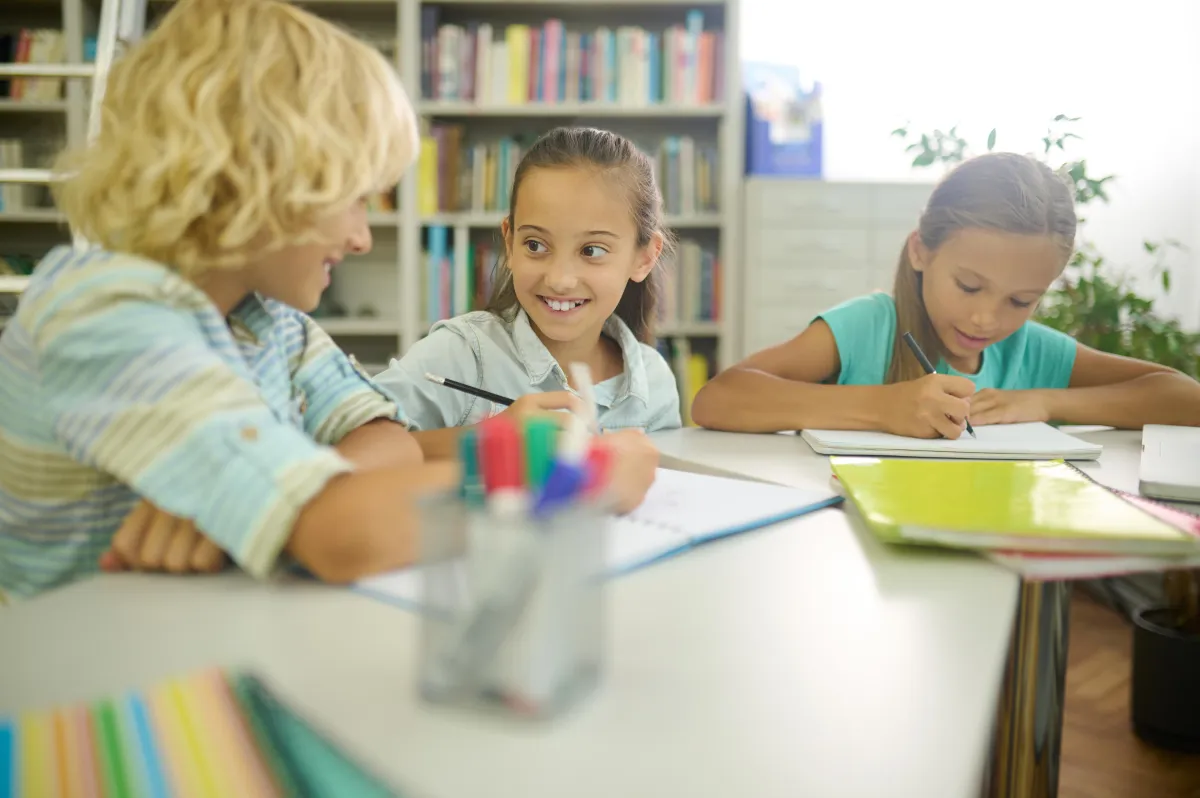
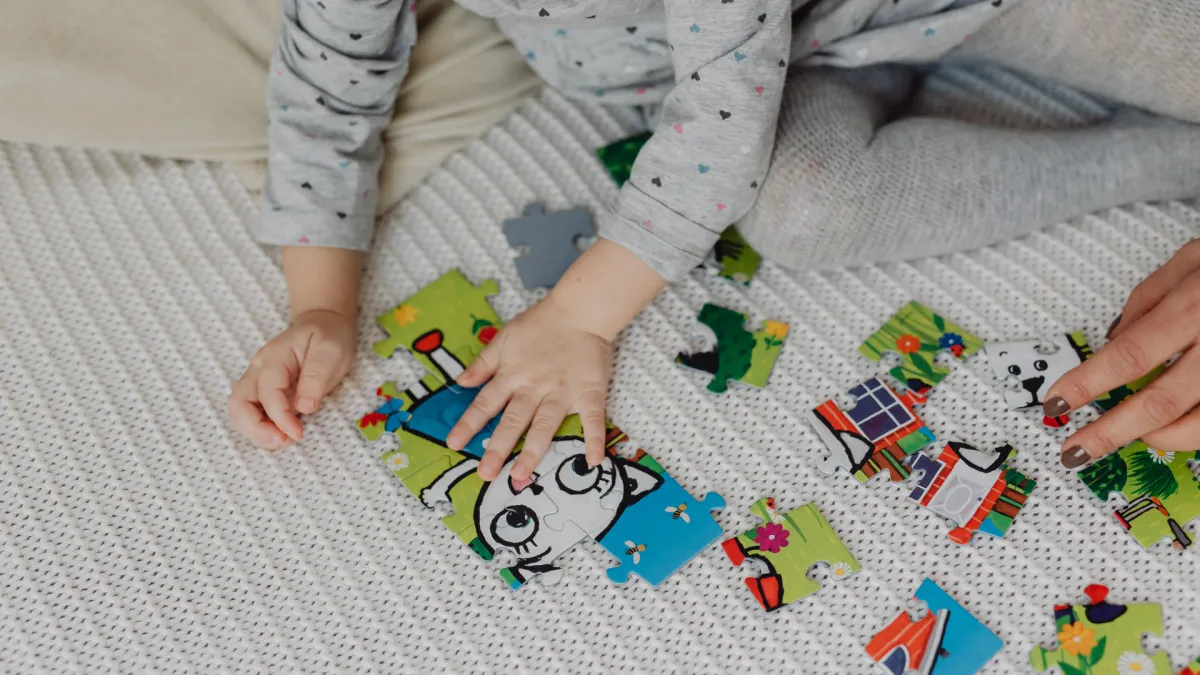
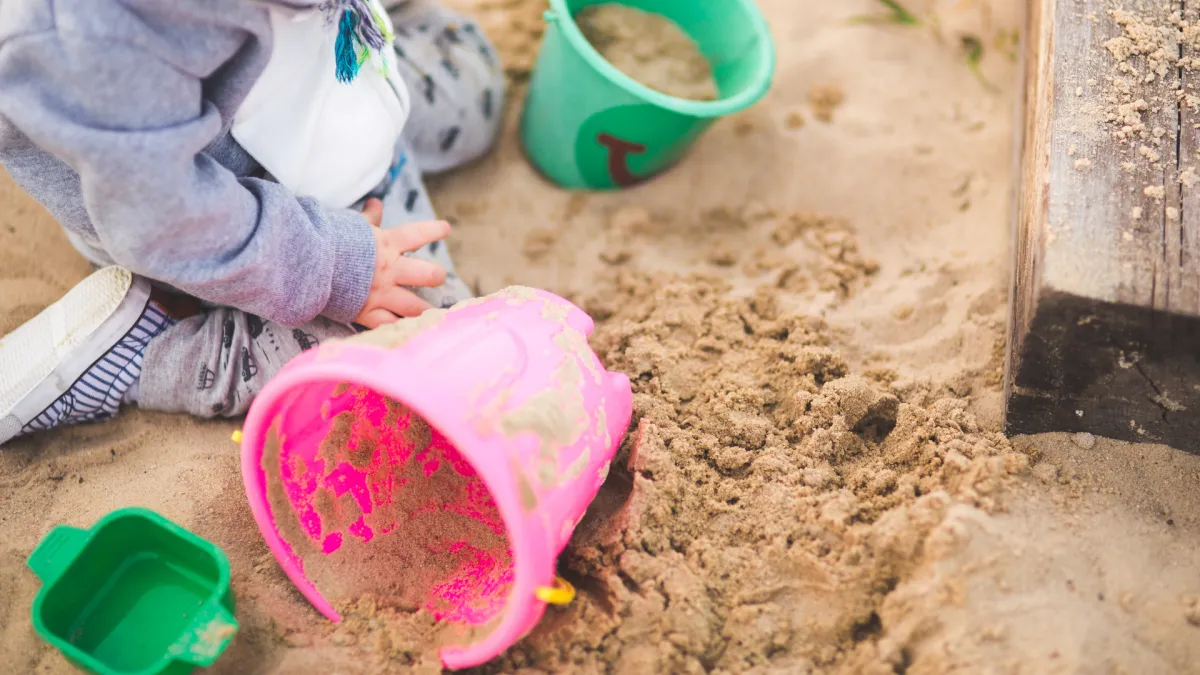
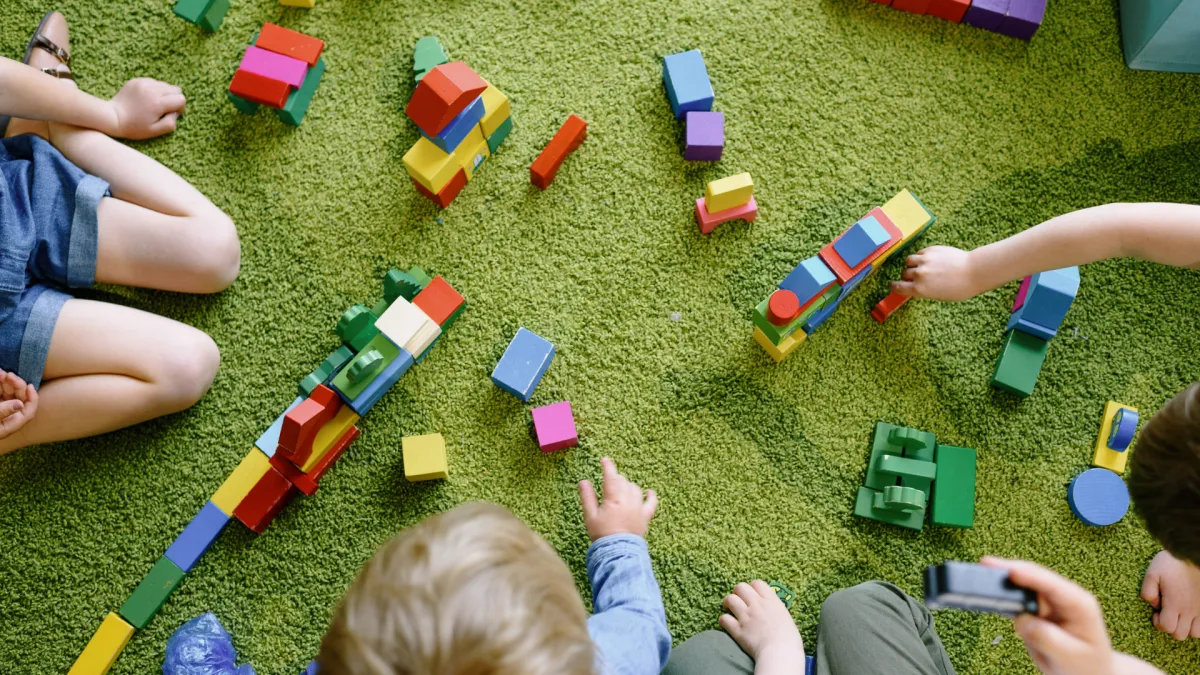
✨ The Takeaway
Next time you think, “We should be doing something more educational,” pause.
Because when your child is curious, creative and connected — they’re learning more than any workbook could teach.
So let them play.
Join them sometimes.
Watch them grow — not just in knowledge, but in confidence, courage and joy.
Play doesn’t pull kids away from learning.
It leads them straight to it. 🌿
✨ Did You Know?
In Japan, families celebrate Kinrō Kansha no Hi — Labour Thanksgiving Day — by sharing appreciation for each other’s effort and kindness.
In the U.S., Thanksgiving centres on gratitude and togetherness.
No matter where we live, saying “thank you” creates the same warmth — it connects hearts, homes, and generations.🌾
🧩Teacher Talk:
“November is often when children feel the shift — shorter days, tired minds, and less outdoor time. Parents can help by keeping evening routines calm and predictable.
Ask at dinner: ‘What made you proud of yourself today?’
You’ll be amazed at what they share.”
— Mrs. Lewis, Year 3 Teacher 🟢
9
Peaceful Minds, Focused Learning
How These Natural Ingredients Support Homeschooling Families
by Stacey Hall

Homeschooling brings so much freedom—but let’s be honest, it also brings a lot of feelings. Stress. Overwhelm. Mental fog. Emotional rollercoasters (hello, math tears).
That’s why so many parents are exploring natural ingredients that support a calm nervous system, better focus, and steady energy—for both the grown-ups and the kiddos.
Let’s break down a few ingredients that are creating big shifts in little daily routines:
🧠 Lion’s Mane: A mushroom known for its support of cognitive function, memory and focus. It’s a favourite for parents and teens who want a natural way to feel more clear and alert.*
💛 Reishi: Often called the “Queen of Mushrooms,” Reishi is loved for its calming properties and support for stress response. Many find it helps with emotional balance, especially during busy or high-pressure days.*
⚡L-Tyrosine & Alpha GPC: These amino acids support brain function, mood, and mental clarity. Think: focus without the frazzle. Great for lesson planning, learning, and keeping calm when the toddler spills glitter… again.*
🌿 Fulvic Minerals: A natural blend of over 70 trace minerals that support hydration, nutrient absorption, and detoxification. These minerals are essential for both physical and emotional balance—especially in growing children.*
Quick reminder: Frequense products aren’t made to diagnose, treat, or cure any condition. They’re simply here to support your wellness vibes with powerful ingredients from nature.
Because when you’re supported, the whole house feels it.
These powerful ingredients (and more) are found in two daily wellness tools that homeschooling families are loving: RISE and SOURCE from Frequense. (https://frequense.com/staceyhall/rise-vibe-special)
✨ RISE is a delicious nootropic lemonade with 7 mushrooms (including Lion’s Mane and Reishi), B vitamins, and brain-loving amino acids. It supports energy, focus and mood.
💧 SOURCE is a liquid trace mineral blend with fulvic minerals, so easy to add to water or smoothies. It supports digestion, mineral balance, and cellular health.
Together, they create a calming, energizing wellness ritual that helps families feel more centred, more focused and more… together.
Here’s what two homeschooling parents (out of thousands) had to say:
“We started using RISE and SOURCE every morning during our homeschool routine. I was shocked. My focus came back, and my son stopped fidgeting and actually finished his reading. We both feel more peaceful and that changes everything.”
— Emily B.
“I homeschool three kids under 10 and felt like I was losing my mind by 9 a.m. most days. I started taking RISE for myself and adding SOURCE to my kids’ smoothies. Within a week, I noticed my own patience returning and my 7-year-old sat through an entire math lesson without melting down. We even finished early. I feel like a new version of myself, one that is calm, clear, and actually enjoying homeschooling again.”
— Sarah M.
This provides a discount coupon along with information about RISE and SOURCE:
https://gemshare.net/9o1tiyFq7?attribution=staceyhall
702-413-5316 (text)
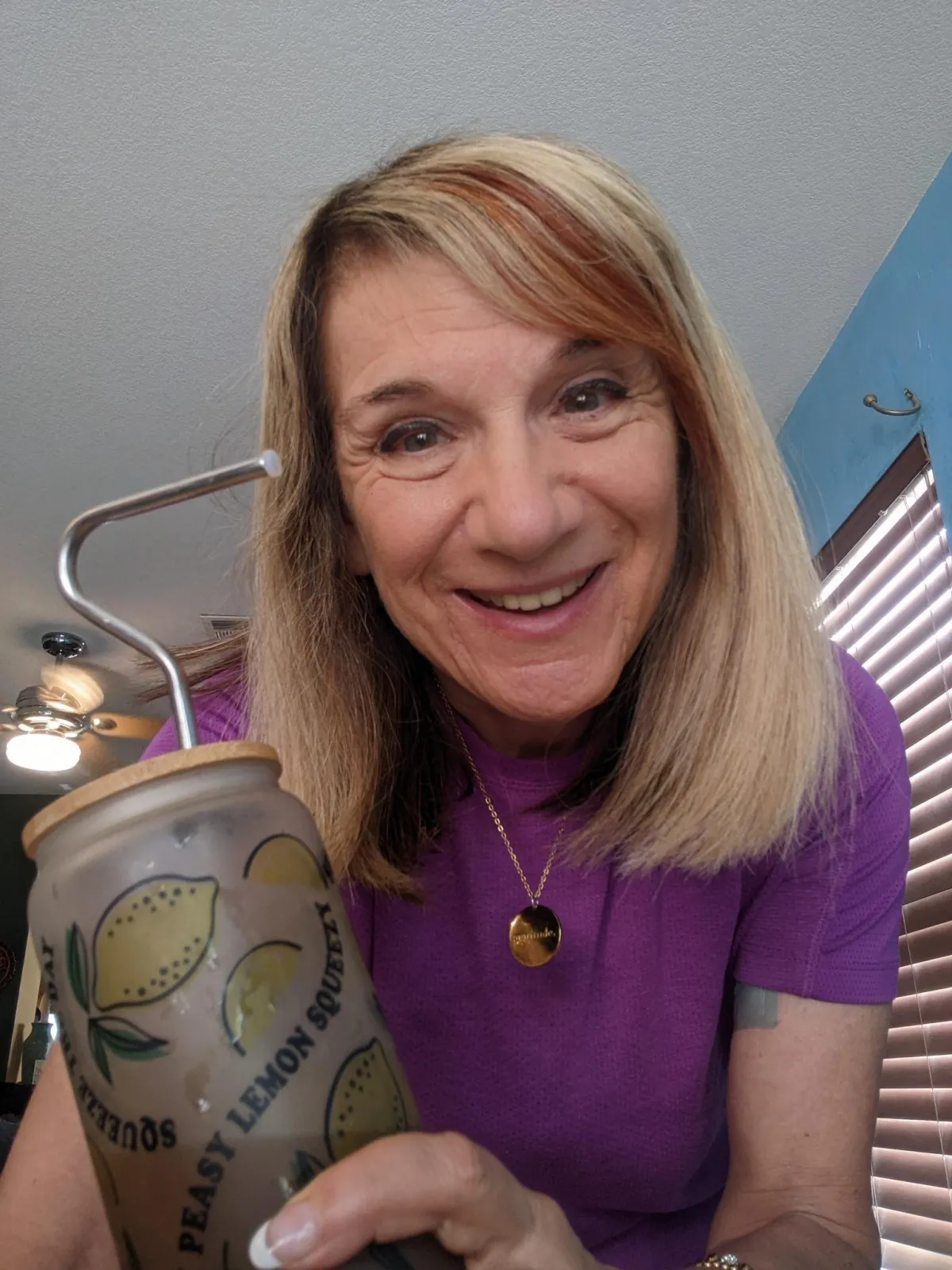
Stacey Hall
10
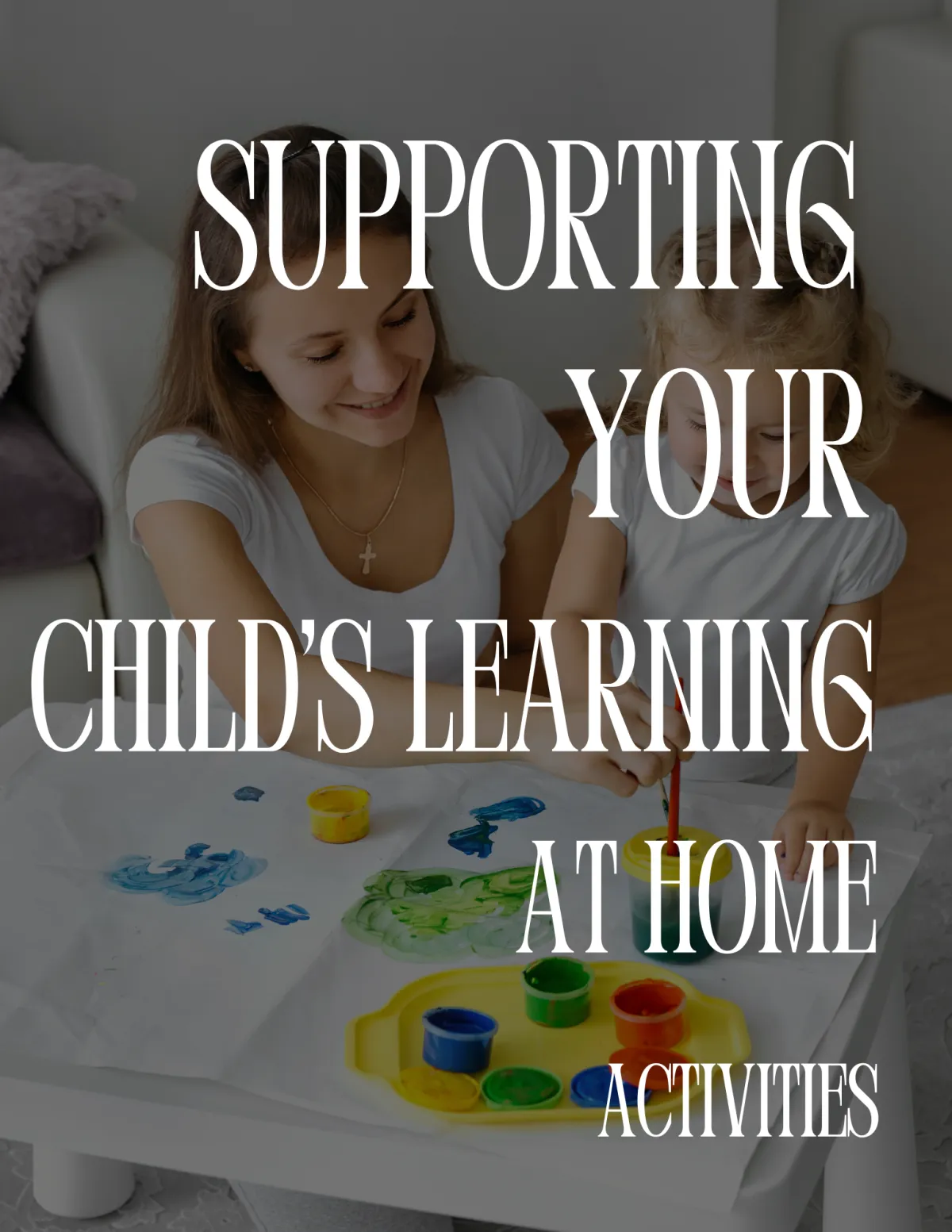
Gratitude TREE Craft
A Family Mindfulness + Literacy Activity
Activity Name: Gratitude Tree
Age range: 3+
Focus: Gratitude, creativity and community
Supplies needed:
A few twigs or branches in a vase (or a paper tree on the wall)
Paper leaves (cut from coloured paper)
Markers, string or tape
🍁 How to Do It:
Each day in November, invite your child to write or draw one thing they’re thankful for on a leaf — from “my cat” to “jumping in puddles.” Add it to the tree and watch gratitude grow all month long.
🌟 What They’re Learning:
Emotional intelligence and empathy
Vocabulary and early writing
Family connection and reflection
💬Bonus:
Make it a dinner ritual — sharing “one leaf of gratitude” together.
💬 Why It Matters:
November is a natural time for slowing down, connecting, and reflecting — and both of these activities help children build the skills that matter most beyond schoolwork.
When kids express gratitude, they’re strengthening emotional intelligence, optimism and empathy — the foundation for positive mental health.
Small, seasonal moments like this turn everyday play into powerful learning — helping children grow curious minds and kind hearts as the year winds down.

“We made the Gratitude Tree last weekend, and my daughter surprised me by writing, ‘I’m thankful for our noisy breakfasts!’ It reminded me that connection doesn’t always come from calm or perfect moments — sometimes it’s in the chaos. I’ll definitely keep this tradition going.”
— Jane, mum of two (ages 7 and 2)
12
Kitchen Chemistry
Pumpkin Pie Science
Age range: 4+ (with adult supervision)
What You’ll Need:
Basic pumpkin pie ingredients (pumpkin purée, eggs, sugar, milk, spices, pie crust)
Measuring cups/spoons
Mixing bowls, whisk and oven
🌿What to Do:
Measure together. Invite your child to scoop, pour, and level ingredients — talk about fractions and numbers as you go.
Mix and observe. Let them whisk the wet and dry ingredients separately, then combine and notice how the texture changes.
Make predictions. Ask: What do you think will happen when we bake it? Will it stay runny or turn solid?
Bake and watch. Safely place the pie in the oven together. Peek through the window to see how heat transforms the mixture.
Cool, taste and talk. Once cooled, enjoy a slice while discussing what they observed — the magic (and science!) of how ingredients changed shape, color, and texture.
🍁How It Works:
Turn baking into a science experiment. Let kids measure ingredients, mix and observe how liquids become solids in the oven. Talk about how heat changes matter, why baking powder makes things rise, and how ingredients work together.
🌟 What They’re Learning:
Math (measuring, fractions, sequencing)
Science (states of matter, chemical reactions)
Fine motor skills and patience
💬Bonus:
Make mini pies so kids can decorate and share their creations — a sweet way to practice generosity, too. 🧡
💬 Why It Matters:
When they bake or create with you, they’re not only learning math and science, but also teamwork, patience and confidence.

13
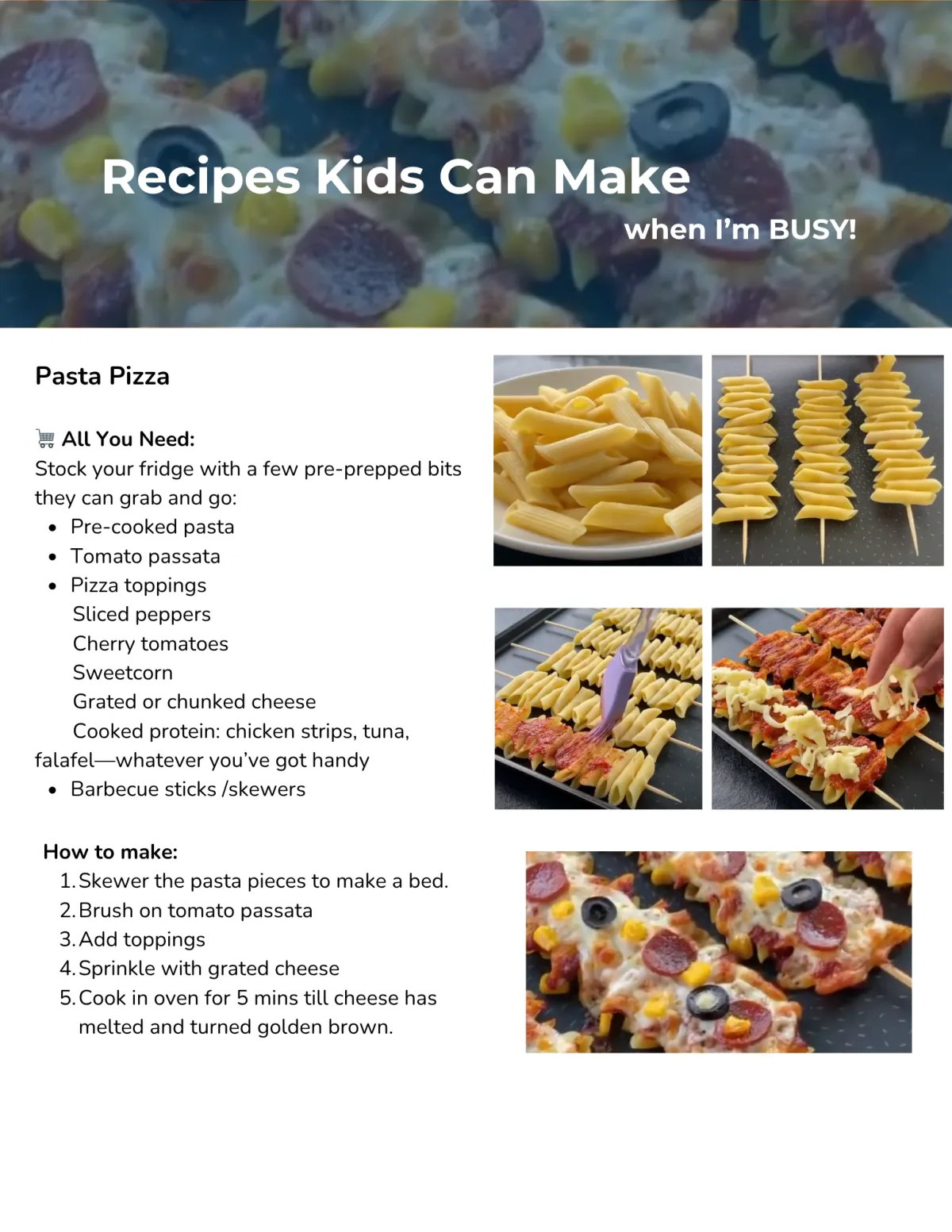
PARENT PAUSE
Parenting often asks us to pour endlessly from our cup.
Before you go to the next page, take a quiet breath.
Think of one moment this week that made you smile — even if it was tiny.
Whisper to yourself:
“I’m doing my best, and that’s more than enough for today.”
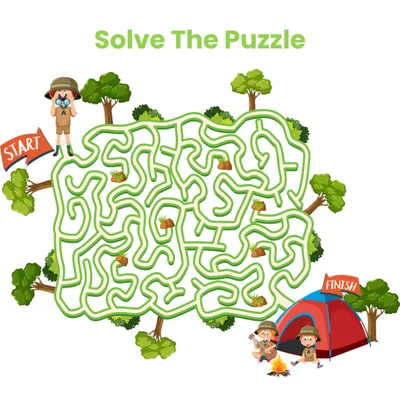
14


Interview with Richard Morden
Coaching for Parents & Kids
Sabina Bashir: Hi, today I have another awesome treat for you. I bring to you Richard Morden - NLP, EFT and Confidence Coach dedicated to supporting families who feel a little stuck and unsure of how to create the life they truly want.
Richard Morden: Thank you Sabina. Thank you for inviting me.
Sabina Bashir: So let's start with what everyone is dying to know - What do you do and how do you help families?
Richard Morden: EFT or Emotional Freedom Technique (aka Tapping) is a mind–body method that combines gentle tapping on acupuncture/acupressure points with focused attention on a specific problem and brief cognitive statements. It’s used for stress, anxiety, trauma memories, cravings, performance blocks and some kinds of pain. Many people use it as a self-help tool; clinicians sometimes integrate it with therapy.
Simple view: you think about what’s bothering you while tapping on specific points to calm your body’s stress response and “take the edge off” the emotion.
This is a physical method for regulating your emotions through tapping on meridian points on your body.
It can be done also by tapping on your finger points. It's a go-to method when you are stressed or really upset because it physically calms your body down.
It has many decades of success for dealing with trauma and just about any mental or emotional discord.
It can be used for someone who gets stressed before a test or going to speak to someone. Maybe they get stressed riding on the subway or driving.
16

Sabina Bashir: That sounds like a very useful tool for parents, given the amount of stress most have to deal with. You also often talk about breaking emotional or behavioural “codes.” What does that really mean for parents and kids — and how can we start recognising the patterns that cause stress or misunderstandings at home?
Richard Morden: Codebreaker Technologies is a sales and communication training company that uses a simple, four-part personality system called B.A.N.K. Its core premise is that if you can quickly identify someone's primary value system (Blueprint, Action, Nurturing, or Knowledge) you can tailor your message to them, build rapport faster, and significantly increase your chances of success in sales, leadership and communication. It's now being implemented into some schools, and being recognised as an important personality tool and provides a very strong understanding of someone's personality. Why and how they think and see the world. It can help you become aware of what is important for ourselves in how we give and receive communication and what our stress code is as well as other people in our lives.
Sabina Bashir: That's fascinating. And you use this to help parents and children break behavioural patterns or misunderstandings - how interesting. I know you also use tools like EFT to help families release stress, stay calm and reconnect when things get heated. Can you tell us a little about how this works?
Richard Morden: Number one. Time does not heal!!! It buries emotions deeper into our subconscious. Being aware of our pain and having the physical tools allows them to process. With tapping we put words to our feelings and emotions. (We do not avoid, or discard them) There is a lot of talk that you should ignore and pretend they don't exist, but what we ignore continues to build in intensity. There is lot of research that describes what happens to ongoing emotional pain trauma and the effects it has on our mind and body.
EFT (Tapping) is very important for emotional regulation. Tapping on the points while addressing the issue helps lower the cortisol in the brain and lower the intensity of the emotional charge. With guidance we can address some of the main issues that spark the conflicts and reduce the frequency and in a moderate time stop the reactive behaviour.
17

Sabina Bashir: Wow, I actually didn't know that. I mean, I've used tapping myself before and found it helpful, but didn't know if you don't release negative emotions, that time won't heal them. I guess that's how trauma can build up over time. That's so important for parents especially to know. Let's now look at boundaries without the guilt
Setting limits can feel hard — especially for parents who want to stay loving towards their children. What’s your advice for creating healthy boundaries that build mutual respect rather than conflict?
Richard Morden: Being consistent with your rules is a good place to begin. Healthy boundaries are not walls to push people away; they are guidelines you create to teach others how you need to be treated to feel safe and connected in a relationship and how this is reciprocal.
We have moved from being stern parents to wanting to be our children's best friend and afraid they won't like us. The truth is we will always love our children, but we may not like their behaviour. How you interact with your partner and other people is a good example. Children see everything you do and how consistent you are. When a child is doing something, you want to address, how is your behaviour towards them? Is it condemning, harsh, forceful shame orientated or is it curious, open, inviting and calm. Something that overshadows this process is that many of us grew up in environments that demanded that we respected our parents and authority no matter what but failed to teach children to respect and believe in themselves. Are we being the example for our children to follow? If we use the tools provided such as EFT to support each other then the boundaries will come naturally when there is some emotional balance and flexibility to create good dialogue. Are we being the example for boundaries that they can follow. Do we follow through with our thoughts and actions?
Sabina Bashir: Well I don't know about anyone else, but this was such an eye-opener from me and I already knew some of this but learnt more myself.
If any one would like to work with Richard directly and make some real life-changing shifts in their lives, then his details can be found below. Thank you again Richard, that was awesome. And I hope everyone got some helpful tips too.
Certified EFT/ NLP Practitioner and co-founder of Time Sweeps
https://linktr.ee/richardm777
LinkedIn: https://www.linkedin.com/in/lifetransformationcoach/
18
